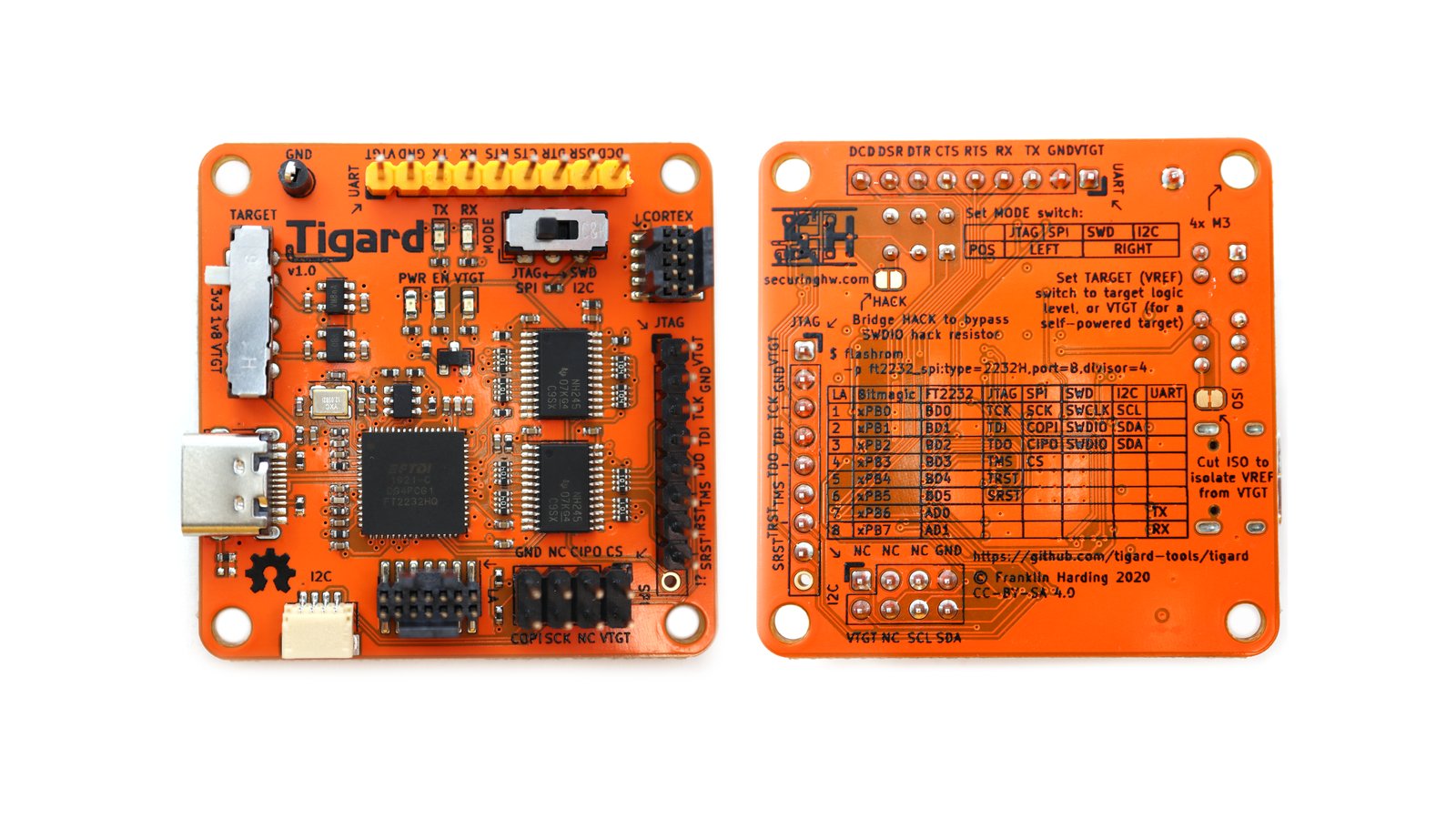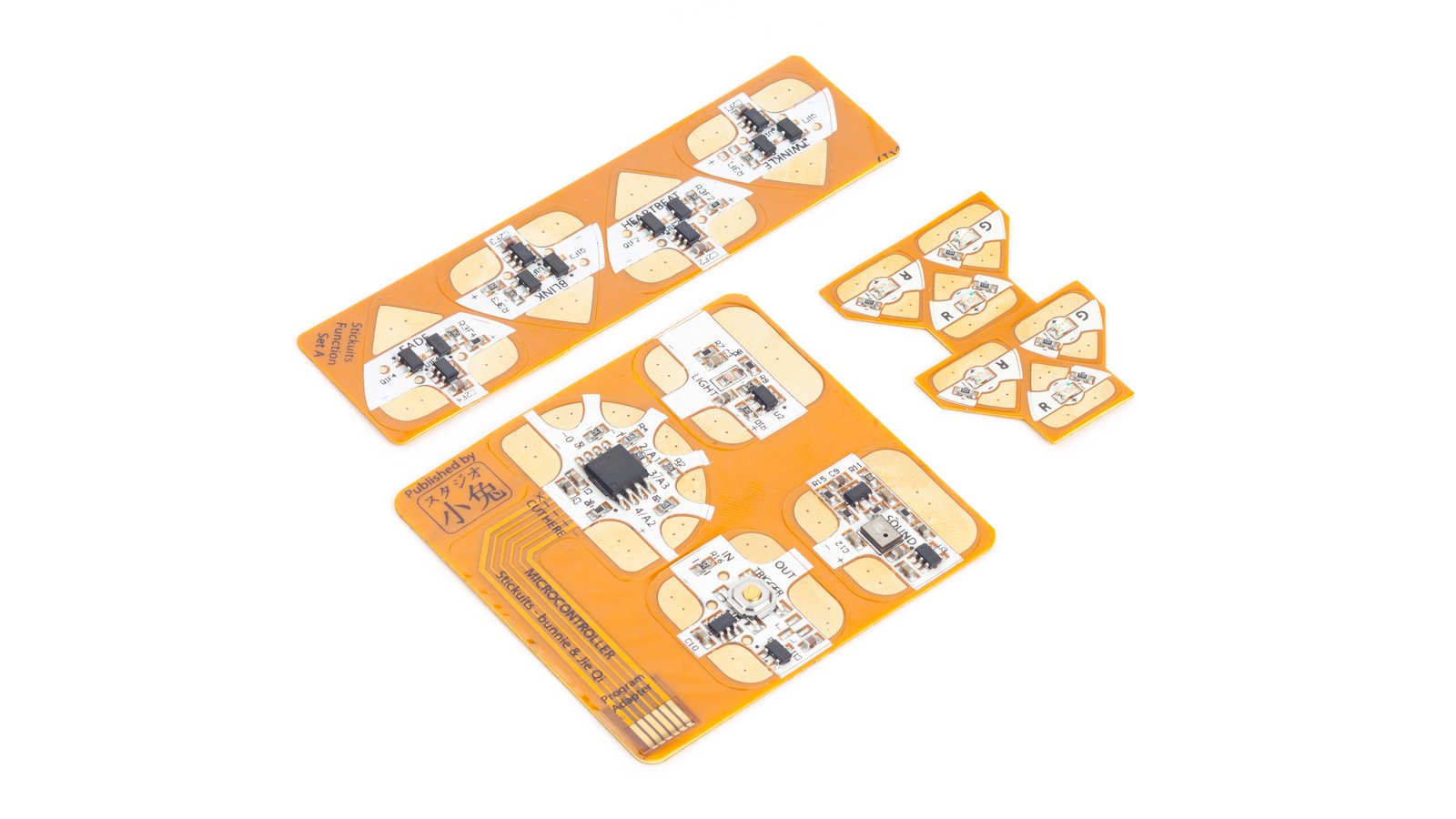This project originated from my desire to create a bike tail light that automatically illuminates when light decreases. After some initial prototyping and tinkering, I came up with the following kit that will be enjoyed by novice and soldering pros alike. The uses go beyond a bicycle tail light, as this can be applied to any situation in which you want to use a light sensor.
After publishing this project on the instructables.com website and receiving some positive feedback I decided to build a kit for all to enjoy. For those who know their way around a soldering iron, the kit takes around 10-15 minutes to assemble, double if you are still learning your way around building out PCBs and soldering.
The instructions to build out the kit can be found here. Funds will be used to buy parts in bulk to get the cost down and to improve the PCB design for making it easier to solder parts together.
This is an open source project. I am a strong believer in the open hardware movement, and think it is important to continue to keep all of my projects open, regardless of size and scope.
Complete source files can be found on my instructables page.
This tail light automatically turns on when it gets dark. This can save a lot of battery power during the day where there are lots of shadows like tunnels, buildings, or trees where you want to be visible without having to get off your bike and turn the tail light on. It has a super capacitor that allows the light to stay on when passing briefly in to the light, like under branches of trees or by fences, which would otherwise make the tail light blink randomly. Turn the switch on and let the light detector do the work for you while you enjoy your outdoor activities.
{bike-light-on-off} If you prefer a faster instant on and off response you can remove the super capacitor.
Batteries not included.
For those hackers who want to make a bike tail light, I used the following as a case for the light.
The key for this analog circuit to work is the CMOS XOR gate chip, which has a wide supply voltage range from 2 to 6 Volts. This allows the circuit to work off AA batteries and a 5V Arduino or USB output. Also, the large diode has a very small voltage drop, which allows the voltage to stay above the forward voltage of the LED’s. The high quality photo diode IC has wide voltage supply range of 2.7 to 36 Volts, with a voltage output of Vsupply-1.15 and up to 15mA, which is just enough voltage to activate the XOR gate. If a TTL XOR gate was used, the voltage range would be 4.5 to 5.5 Volts and the photo diode output voltage would be too low to activate it with AA batteries. The super capacitor acts as a tiny battery to even out any power fluctuations that may turn the light on and off too fast.
While I originally intended to create a light that would automatically turn on and off while riding my bike, I realized this can be used for several purposes:
Whatever your intended use this is a fun kit that comes with a great, responsive sensor.
I have a M.S. in Mechanical Engineering with over seven years of experience in the semiconductor industry. I also gained a lot manufacturing experience working at my Dad’s sheet metal shop since I was a kid. Unforeseen issues that can delay the shipment of rewards to backers include, but are not limited to:
As a backer of other projects, I understand the importance of honest communication, even if the news is not so good, so I will make it a priority to answer all backer questions as fast as I can and give updates as soon as possible. We are on this journey together.
{isaac-prototypes} Here are my two prototypes, followed by the current PCB on the far right.
Produced by Solarcycle in Portland, OR.
Sold and shipped by Crowd Supply.




We believe in renewable energy, generation, and storage. Currently our products are related to off-grid charging solutions for mobile devices and accessories.

An open source FT2232H-based, multi-protocol, multi-voltage tool for hardware hacking

Circuit Stickers are peel-and-stick electronics for crafting circuits. Use them to add electronics to any sticker-friendly surface: paper, fabric, plastic, the sky's the limit!

Wirelessly connect your Peloton bike to third-party apps, fitness watches, and more